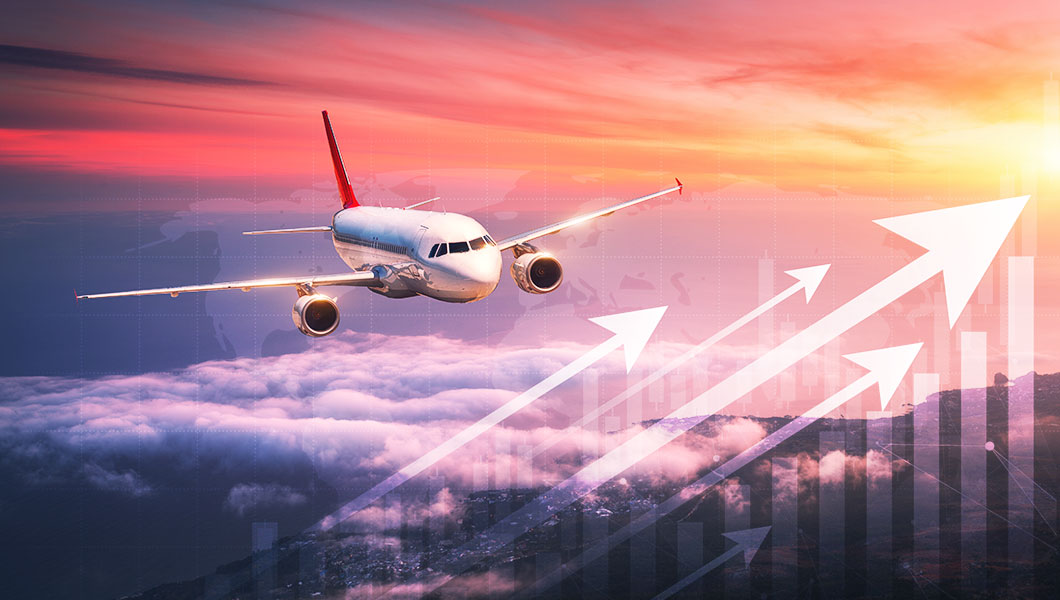Digital Transformation to Advance Global Airlines Growth Prospects

Investment in innovative products and technologies will bring new cost items to meet passenger expectations and ignite new growth opportunities, finds Frost & Sullivan
London: Frost & Sullivan's latest analysis, Global Airline Benchmarking, 2008–2017, reveals that digital transformation will continue to be a major focus area for airlines. New digital tools have helped airlines grow direct and indirect revenues, optimise costs, improve the passenger experience and advance growth prospects. The 17 airline groups and airlines reviewed in the analysis saw their revenues nearly double in the past 10 years while the industry grew by 32% in the same period. During 2008-2017, those airlines added more than 3,500 aircraft to their fleets, and their fleet size rose from 6,500 to 10,000 units.
"Investment in innovative products and technologies will bring new cost items to meet passenger expectations. Airlines will continue to experience heavy competition, and financial success will depend upon fleet investment, aircraft type selection, winning more direct bookings, building new partnerships, restructuring or negotiating old ones, and an understanding of the strength of the customer base," said Priyanka Chimakurthi, Senior Research Analyst, Airlines, Frost & Sullivan.
To harness long-term, consistent growth prospects, Chimakurthi recommends airlines pursuing deep industry partnerships, competitive pricing and continued portfolio development through consistent investment in research and development with innovative suppliers and startups. Further critical success factors include:
Taking advantage of wider opportunities provided by disruptive technologies such as blockchain, biometrics, artificial intelligence, virtual reality, augmented reality, internet of things and big data as part of the digital transformation program to retain and enhance their positions in the market. Investing in new seating types and configurations to improve the passenger experience, like in-seat power, mood lighting, full-flat bed, reverse herringbone, and open suites. Expanding their ancillary services portfolio and considering new business models, including IFE via VR, e-Commerce, offering premium content, in-flight advertising, taxi booking, and destination services
"A key challenge for the airline industry has been the drop in average fares and yields (Pax RPK) in the past two consecutive years, driven primarily from a drop in premium traffic and increased competition across long-haul networks," noted Chimakurthi.
Frost & Sullivan's recent analysis, Global Airline Benchmarking, 2008–2017, focuses on the competitive profiling of 17 global airlines and airline groups, detailing financial performance, major traffic and capacity metrics. Key strategic highlights are assessed, with key performance indicators and recommendations provided.


 By
By 








